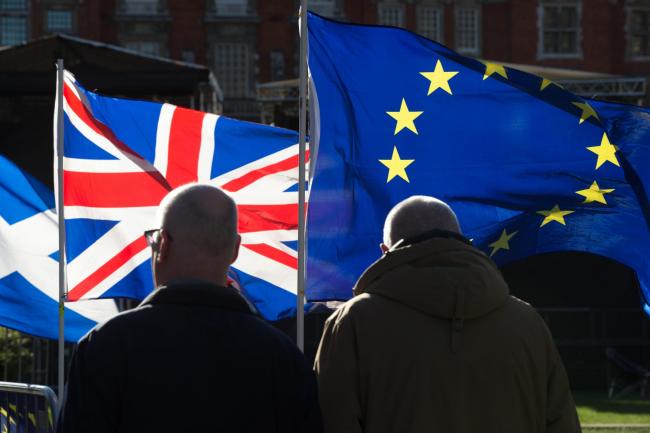Brexit: Britain’s October Exit from the EU
The Oxford Times (Free Press Association 2019)
On October 31st, 2019, the United Kingdom will leave the European Union.
October 8, 2019
On the 31st of October in 2019, the United Kingdom (UK) is due to leave the European Union (EU).
In June 2016, a vote was held to decide whether the UK should stay or leave the EU. Of the approximately 30 million voters, 17.4 million people, about 52 percent of voters, opted for leaving the European Union. 48 percent voted for staying.
The 599 age withdrawal draft explains the process for how the UK will leave the EU. The transition period will last about 21 months. It can be extended, but only for one to two years, as described in the withdrawal document. The UK will continue to abide by all EU rules but lose membership. The withdrawal plan outlines how much money the UK will pay the EU, the rights of EU citizens in the UK, the role of British citizens in the EU, and the backstop for the Irish border.
There are currently no posts or barriers between Northern Ireland and the Republic of Ireland. The backstop is to make sure that this remains the same after Brexit. It ensures that the UK will still keep a close trading relationship with the EU. Opponents of Brexit state that if the backstop is used, the UK will be stuck in the EU’s Customs Union for years. This would prevent the United Kingdom from striking deals with other countries. UK Prime Minister, Boris Johnson, stated the backstop must be removed from the withdrawal. His plan is to keep Northern Ireland in the European Single Market for goods, but leave the Customs Union.
As of now, the EU is considering the withdrawal plan. If it is rejected, Prime Minister Johnson says that the UK will leave on October 31st anyway.


